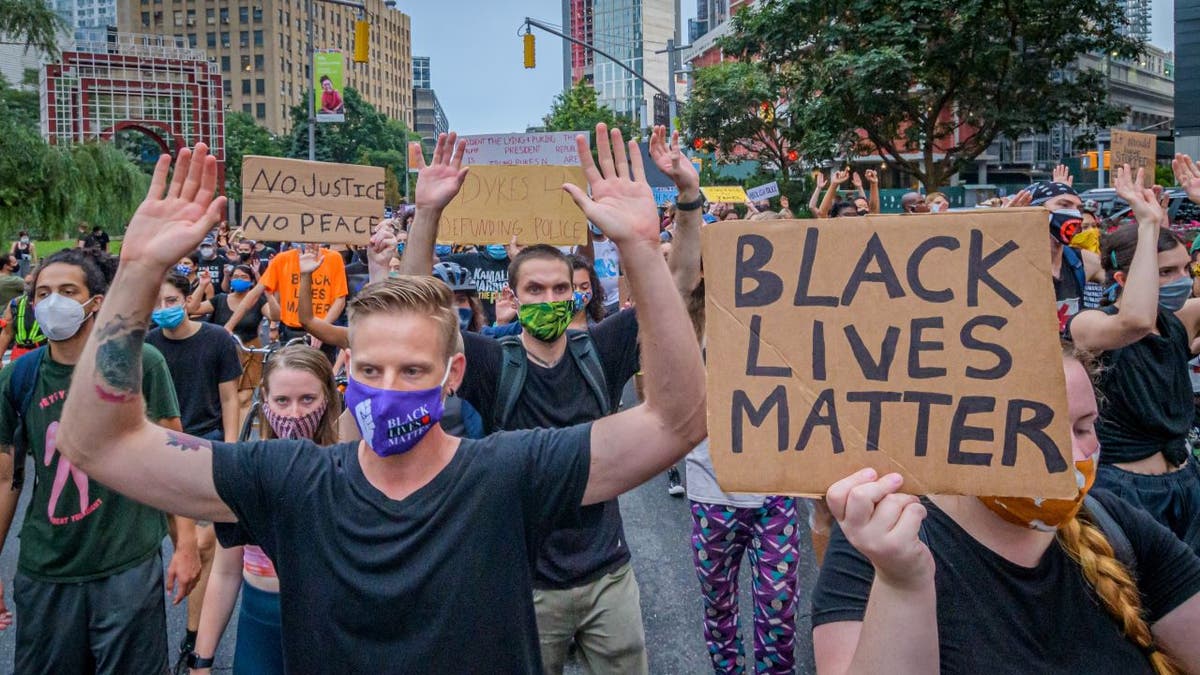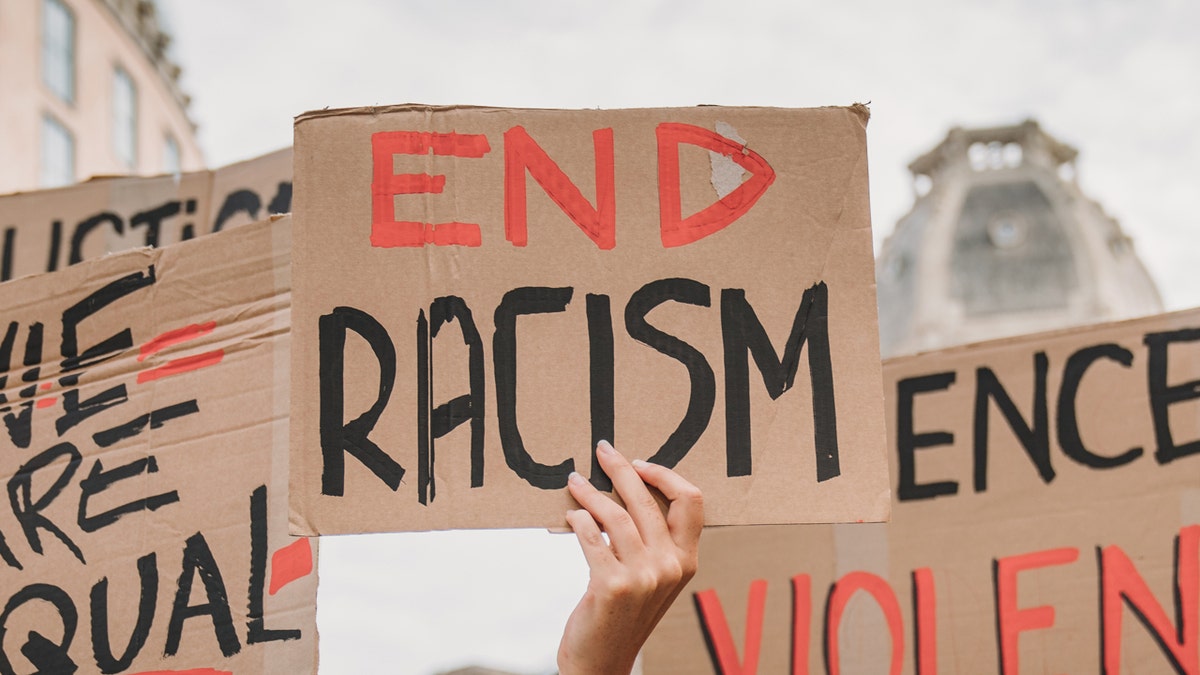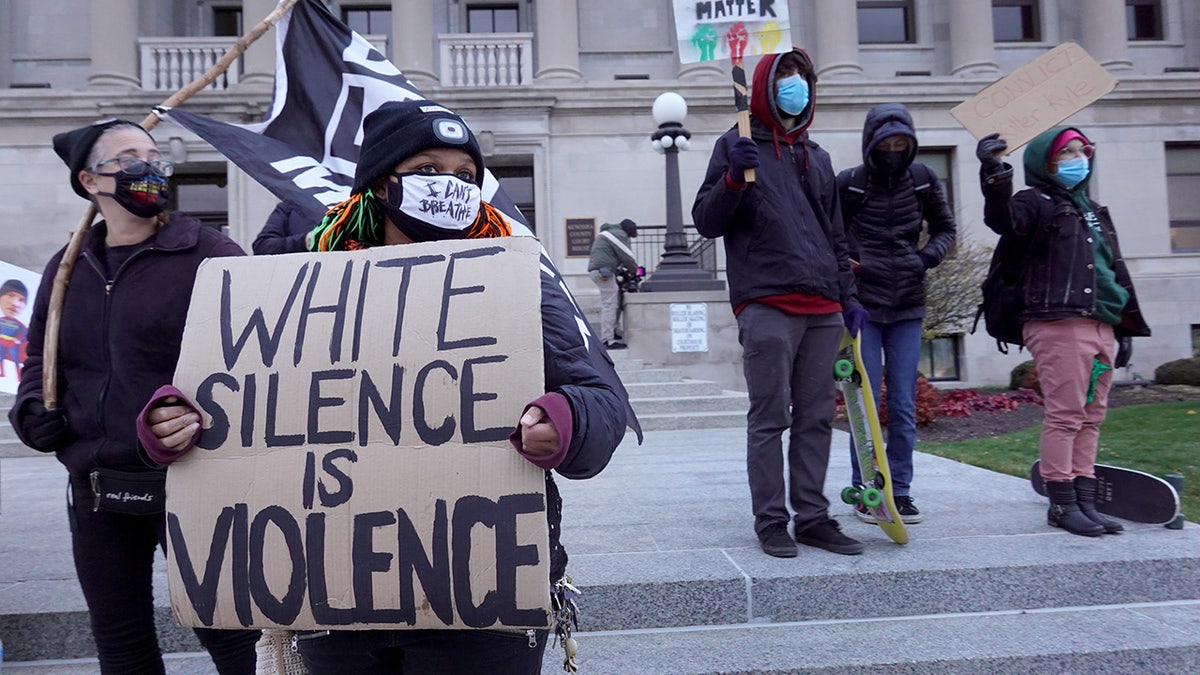A recent sociological study explores the contrasting ways in which white liberals and conservatives perceive and evaluate instances of racism and sexism. The book, "Is it Racist? Is it Sexist?: Why Red and Blue White People Disagree, and How to Decide in the Gray Areas," delves into the reasoning behind these divergent viewpoints and offers a path towards more constructive dialogue.
Researchers Jessi Streib and Betsy Leondar-Wright conducted extensive interviews with white voters, presenting them with both real and hypothetical scenarios involving potential racism or sexism. These scenarios ranged from microaggressions to more overt acts of discrimination, challenging participants to categorize and interpret the situations.

A participant at a protest. (Erik McGregor/LightRocket via Getty Images)
The study revealed two primary approaches to evaluating these scenarios: the "acquitters" and the "convicters." Acquitters, predominantly conservatives, tend to analyze accusations on a case-by-case basis, seeking concrete evidence and considering alternative explanations before reaching a conclusion. They often lean towards finding the accused innocent unless proven otherwise. Conversely, convictors, typically liberals, focus on broader societal patterns and employ an algorithmic approach, often siding with the accuser and emphasizing systemic issues.

(iStock)
The authors argue that both approaches have their limitations. While acquitters may overlook systemic biases, convictors risk making hasty judgments without fully investigating individual circumstances. They propose a "surveyor" approach, encouraging individuals to look for patterns of behavior and consider the broader context before making a judgment call.

(iStock)
Leondar-Wright emphasizes the importance of respectful dialogue and open-mindedness, suggesting that both sides can learn from each other. She shares anecdotes from the study, highlighting instances where conservatives demonstrated unexpected allyship against racism and sexism, challenging preconceived notions and offering a glimmer of hope for bridging the divide. She encourages a shift away from presumptions and towards a more nuanced understanding of these complex issues.

Comments(0)
Top Comments